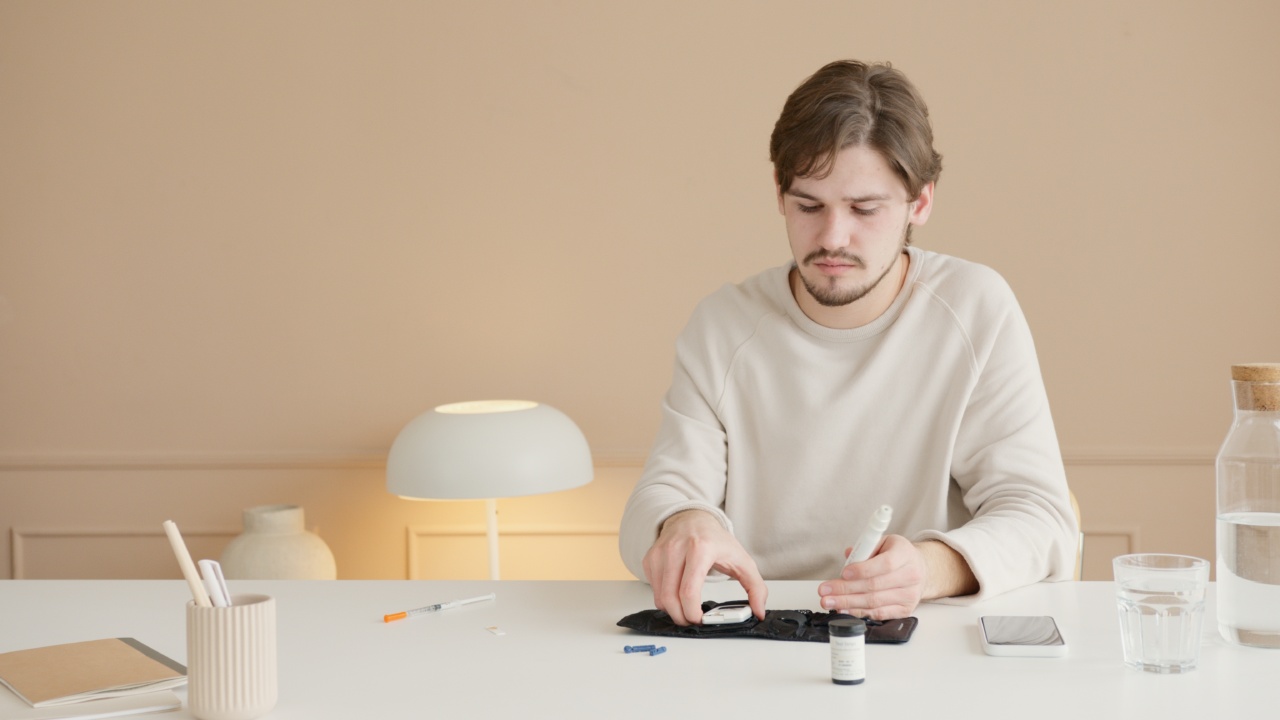Stroke is a medical emergency that occurs when the blood supply to the brain is interrupted or reduced, depriving brain tissue of oxygen and nutrients. It is a leading cause of death and disability worldwide.
In recent years, researchers have discovered a link between stroke and blood glucose levels, emphasizing the need for monitoring and controlling blood sugar in stroke patients. In this article, we will explore why monitoring blood glucose levels after a stroke is crucial and provide you with essential information on how to manage this aspect of your recovery.
Why Are Blood Glucose Levels Important in Stroke Patients?
When someone experiences a stroke, the brain is damaged, causing various physical and mental impairments. It is not uncommon for stroke survivors to develop high blood glucose levels, even if they did not have diabetes prior to their stroke.
Elevated blood glucose levels can negatively impact stroke recovery and increase the risk of complications.
Impact of High Blood Glucose Levels on Stroke Recovery
High blood glucose levels in stroke patients have been associated with poorer outcomes and increased mortality rates.
The reasons behind this correlation are not yet fully understood, but researchers believe several factors contribute to the negative effects:.
1. Inflammation and Secondary Brain Damage
Elevated blood glucose levels can trigger an inflammatory response in the brain, potentially leading to secondary brain damage. Inflammation following a stroke can worsen neurological deficits and impede the healing processes.
2. Impaired Cerebral Blood Flow
Hyperglycemia, or high blood sugar, can impair the regulation of blood flow in the brain. Restricted blood flow can further damage the already vulnerable brain tissue, limiting its ability to recover and heal.
3. Increased Risk of Infections
Stroke patients with high blood glucose levels are more susceptible to infections, such as pneumonia and urinary tract infections. Infections can complicate the recovery process and prolong hospital stays.
4. Impact on Neuroplasticity
Neuroplasticity refers to the brain’s ability to reorganize and form new connections after an injury. Studies suggest that high blood glucose levels can impair neuroplasticity, hindering the brain’s capacity to heal and regain function.
Monitoring Blood Glucose Levels After Stroke
Regular monitoring and control of blood glucose levels are essential for stroke patients. It allows healthcare professionals to assess the patient’s metabolic state and make necessary adjustments to medication, diet, and lifestyle factors.
Here are some key aspects of monitoring blood glucose levels after a stroke:.
1. Glycemic Targets
Glycemic targets are specific blood glucose level ranges that healthcare professionals aim to maintain in stroke patients. These targets may vary depending on individual factors, such as age, pre-existing diabetes, and overall health.
Collaborate with your healthcare team to determine the appropriate glycemic targets for your condition.
2. Blood Glucose Monitoring
To monitor blood glucose levels, healthcare providers commonly use a fingerstick blood test or a continuous glucose monitoring (CGM) system. Fingerstick tests involve pricking the finger and using a glucose meter to measure blood sugar levels.
CGM systems use a small sensor inserted under the skin to provide continuous glucose readings.
3. Medication Adjustments
If you had diabetes prior to the stroke, your healthcare team may need to adjust your diabetes medications or insulin regimen based on your post-stroke blood glucose levels.
It is crucial to follow your healthcare professional’s guidance for medication adjustments to manage your blood sugar effectively.
4. Dietary Modifications
Nutrition plays a vital role in managing blood glucose levels after a stroke. Your healthcare team, including a registered dietitian, can provide guidance on a balanced diet that helps regulate blood sugar.
It may involve controlling carbohydrate intake, choosing healthier fats and proteins, and emphasizing fiber-rich foods.
5. Physical Activity
Engaging in regular physical activity is beneficial for overall health and can aid in blood glucose regulation.
Talk to your healthcare provider about safe and suitable exercises or rehabilitation programs that can fit your abilities and contribute to better glucose control.
6. Lifestyle Factors
In addition to diet and exercise, other lifestyle factors can impact blood glucose levels.
Adequate sleep, stress management techniques, and avoiding smoking and excessive alcohol consumption may contribute to better glucose control and overall stroke recovery.
Conclusion
Monitoring blood glucose levels after a stroke is essential for optimal recovery and reducing complications. High blood glucose levels can negatively impact stroke outcomes and hinder the brain’s healing processes.
Regular monitoring, medication adjustments, dietary modifications, physical activity, and lifestyle considerations play crucial roles in managing blood sugar levels. Collaborating with your healthcare team and following their guidance will help you effectively control blood glucose and support your post-stroke recovery.































